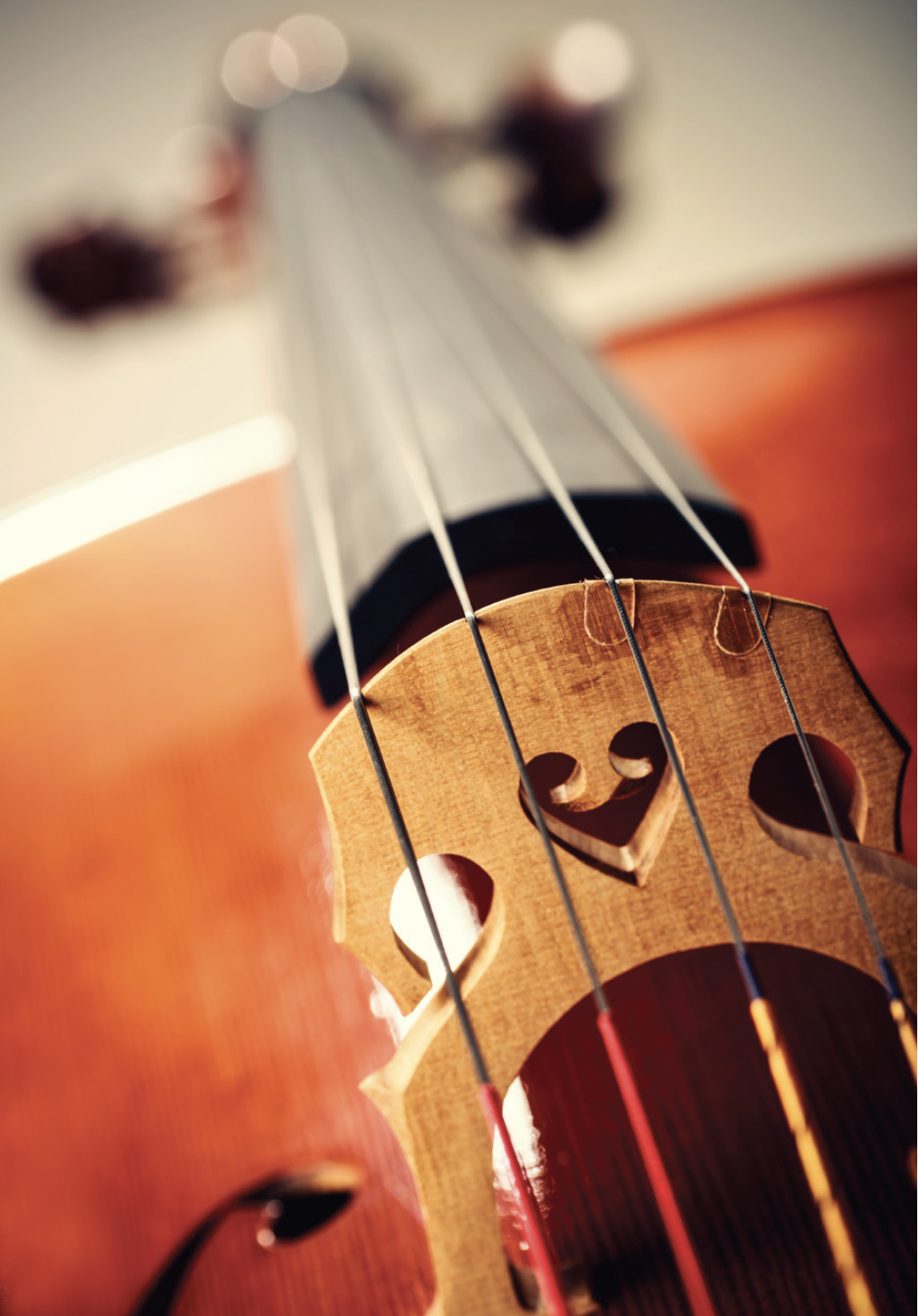
istockphoto.com
Ever heard a song on the radio that you just had to know the name of? Emily Dolan’s path to her new book, The Orchestral Revolution: Haydn and the Technologies of Timbre, began in much the same manner.
“I was in my car, dropping a friend off, when I heard the sound of an instrument on the radio,” says the associate professor of music. “This was in early 2000, shortly after I had mailed off my graduate school applications. We sat there listening, transfixed, and they announced afterwards that it was Adagio and Rondo, K. 617 by Mozart. But what was the instrument that was playing? It fascinated me to hear this sound that I had never experienced before.”
It turned out to be a glass harmonica, one of Benjamin Franklin’s many inventions. Dolan was so struck by the mysterious instrument, and by the kind of listening its sounds engendered, that it got her thinking about how people in the classical period of the 18th century must have experienced new sounds. Were they as astonished as she was?
Dolan’s quest would require her to immerse herself in the history of the orchestra and the relationships between instruments. “The idea of timbre, the underlying concept that distinguishes why a violin sounds different than an oboe, even if they’re playing the same pitch and same volume, dates from the 18th century,” says Dolan, a cello player in her own right. “Initially, timbre was used to describe how good an instrument sounded—how closely it resembled the voice, which throughout the history of music has been considered the most ideal instrument.”
The concept of timbre originated during a period rife with change on the musical front, namely, the consolidation of the orchestra as an institution. In the 18th century, the orchestra expanded from a disciplined core of strings to include more instruments as regular members. The idea of a community of different sounds that all have their unique place formed. “During the classical period, the discussion moved away from people talking about what sounds were better or worse, to ‘What is the character of each instrument?’” says Dolan. “Trumpets had been used as instruments of war, trombones for vocal accompaniment in the church, but later this idea of use turned into the idea of character.”
No composer better embodied this evolution than Austrian Joseph Haydn. In her book, Dolan uses Haydn’s storied career, which spanned the late baroque period through the classical period of the 18th century, to contextualize the solidification of the orchestra and the focusing in on instrument-specific composition. Haydn was employed for most of his career at the Esterházy court. Through publishing and circulating his music he eventually gained an international reputation, and by the early 19th century he was being played from London to Paris to Calcutta to Philadelphia. “The famous story is that, when he was approached to perform abroad, Mozart said he shouldn’t, because he was too old, and he didn’t speak enough languages,” says Dolan. “Haydn supposedly said, ‘My language is understood all over the world.’”
During his travels, Haydn was exposed to larger orchestras—he wrote his first symphonies with clarinets in London—and began to compose around the panoply of different instrumental characters, a perfect example, Dolan says, of how the landscape of music was changing forever.
“What separates Haydn from someone like Mozart is that Haydn was not afraid to make instruments sound a little funny occasionally,” she says. “He brings out the grittiness and really gets to the core of their sound. It points to the larger debate about how to write for specific instruments, what it meant to abuse an instrument, and what it meant to write well. The stories we tell about the late 18th century today tend to completely ignore this.”